
6 minute read
IN TALKS THE ENIGMA OF BEING HANUT SINGH
If you haven’t heard about Hanut Singh then you are probably not his target audience. The Delhi based jeweller neither has an online store nor does he have a retail outlet in any part of the world. Hanut doesn’t even believe in advertising his products. Yet his creations are adorned by global celebrities like Rihanna, Meryl Streep, Beyonce, Oprah Winfrey among many others.
Advertisement
Hanut says he was fascinated by gemstones and jewellery from the age of four. He didn’t need formal jewellery training as jewellery is in the DNA of the royal Kapurthala family.
His great grandfather Maharaja Jagatjit Singh was known for his fine taste in life and was a big buyer of jewellery from Cartier, Boucheron and Van Cliff and Arpels.
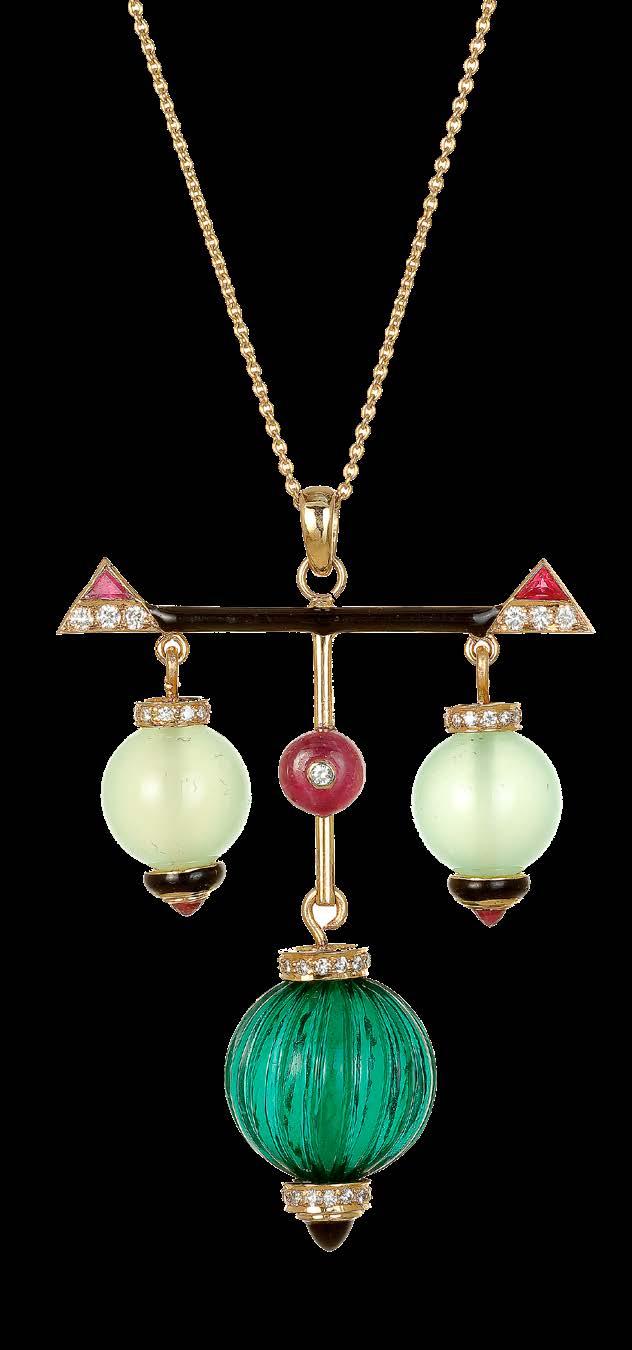
His grandmother, Maharani Sitadevi, also known as Princess Karam was regarded as one of the most glamorous woman of her time. She was listed among the twelve most beautiful women in the world.
Princess Karam and her contemporaries, Maharani Sitadevi of Baroda and Maharani Gayatri Devi of Jaipur were a part of the charmed international jet set club.
These Maharanis regularly appeared in fashion and lifestyle magazines such as Vogue, Tatler and Harper’s Bazaar. They patronized luxury jewellers and reputed couturiers like Mainbocher. Their wealth and refined taste for finer things in life helped them befriend socialites such as Wallis Simpson, Barbara Hutton and Elsie De Wolfe.

Hanut’s uncle the late Martand Singh, popularly known as Mapu, was the founder of INTACH. A heritage and cultural revivalist, Mapu had worked with the legendary Japanese designer, Issey Miyake. He was the first Indian to curate a fashion show along with the former Vogue editor, American star Diana Vreeland for New York’s Metropolitan Museum. Mapu, the Padma Bhushan awardee, was also a mentor to many Indian fashion designers including Rohit Bal. Hanut thus inherited fashion, jewellery and luxury from his ancestors.
Hanut’s career started with writing for Ogaan Publications that published L’officiel and Elle magazines. From writing to being written has indeed been a fascinating journey.
Known for using innovative materials in his creations, Hanut’s first collection used abalone shells and baroque pearls. Hanut credits Jaysinh ji Jhala from the Dhragadhra royal family for introducing him to the merits of Abalone shell. Abalone is known for its healing properties. Jhala ji is the associate professor of Anthropology at the college of liberal arts in Philadelphia.
They patronized luxury jewellers and reputed couturiers like Mainbocher. Their wealth and refined taste for finer things in life helped them befriend socialites such as Wallis Simpson, Barbara Hutton and Elsie De
Hanut’s uncle the late Martand Singh, popularly known as Mapu, was the founder of INTACH. A heritage and cultural revivalist, Mapu had worked with the legendary Japanese designer, Issey Miyake. He was the first Indian to curate a fashion show along with the former Vogue editor, American star Diana Vreeland for New York’s Metropolitan Museum. Mapu, the Padma Bhushan awardee, was also a mentor to many Indian fashion designers including Rohit Bal. Hanut thus inherited fashion, jewellery and
Hanut’s career started with writing for Ogaan Publications that published L’officiel and Elle magazines. From writing to being written has indeed been a fascinating journey.
Known for using innovative materials in his creations, Hanut’s first collection used abalone shells and baroque pearls. Hanut credits Jaysinh ji Jhala from the Dhragadhra royal family for introducing him to the merits of Abalone shell. Abalone is known for its healing properties. Jhala ji is the associate professor of Anthropology at the college of liberal arts in Philadelphia.


He is known for his colourful creations using emerald, rubies, pearls and other quality gemstones. The influence is courtesy of the Mughals who brought them to India from Persia centuries ago. Kapurthala family had a large collection of gemstones in their possession from the Mughal treasure.
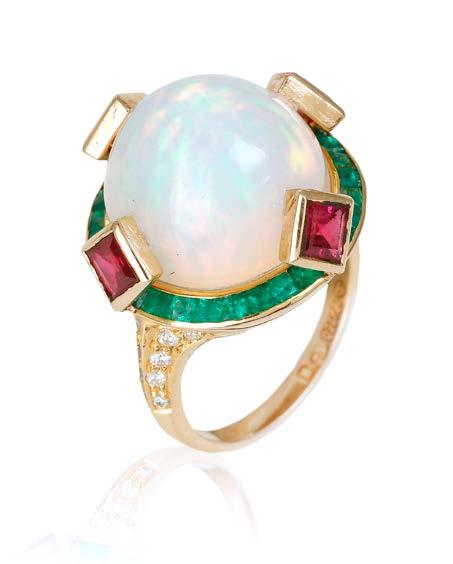
Sourcing quality gemstone is Hanut’s passion. He travels all over the world attending jewellery fairs, meeting dealers and stone cutters. His collections are an amalgamation or a rainbow of stones such as Paraibas, rock quartz of highest quality, tourmalines, emeralds, and pearls sourced from Madagascar, Afghanistan, Brazil, and Japan.

A mixologist at heart, Hanut fuses vintage with the contemporary. It is not uncommon for him to use



rock crystal beads with diamonds or rubies in pendants or earrings.
Hanut draws inspirations from the elements of nature such as the flora and fauna. Architecture is another recurring theme in his creations.
He has even used ebony wood pierced with 18K gold and diamonds in an earring set with floral design.
His designs are edgy, and he prefers to buy rough stones that are carved to perfection. The creations are

From the Aristocratic Treasures
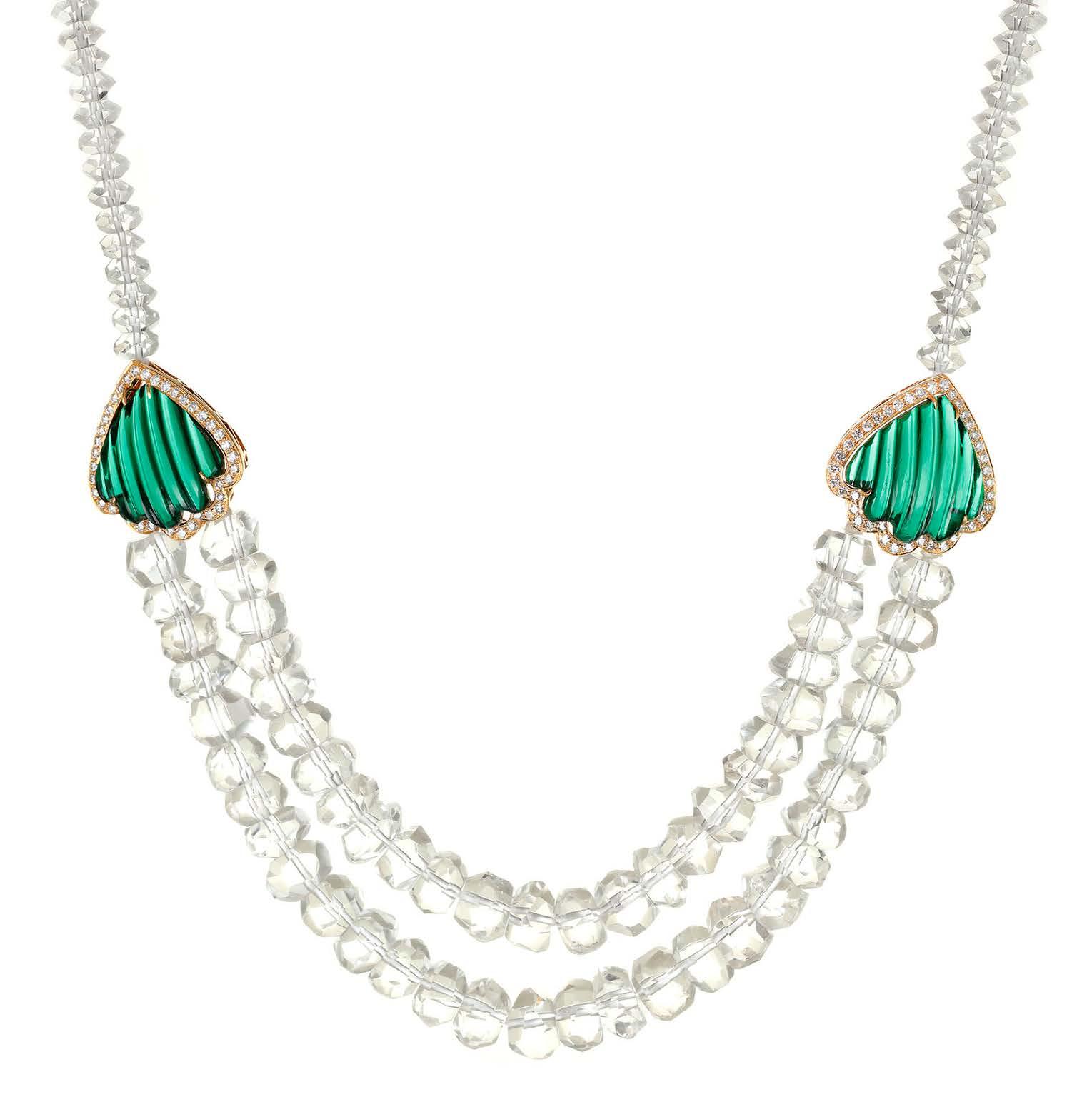

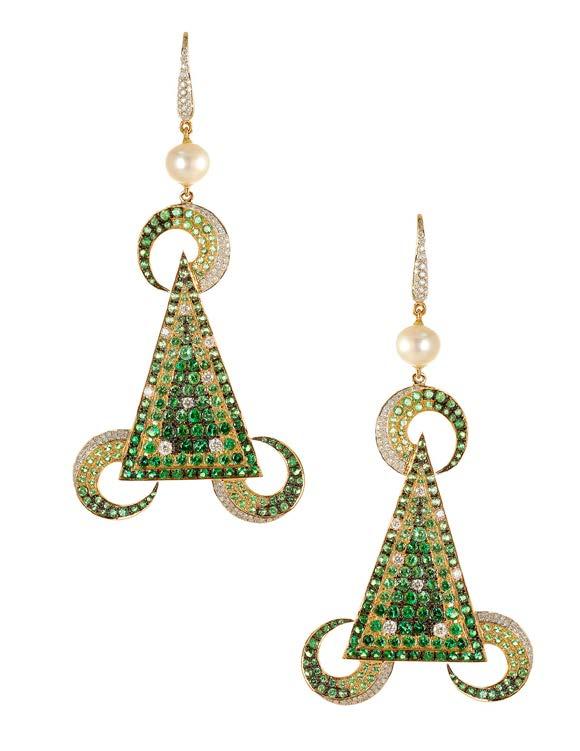
manufactured in Delhi and Italy for the perfect finish and craftsmanship.
Hanut said, he primarily designs for himself. He wears his own jewellery and has also made men’s jewellery for his global clients.
His collections typically comprise of 35 to 45 pieces priced at Rs.2 lakhs and above. His crescent moon, chandelier and Pyramidal and drop earrings are instant hits.
In the US, Roseark, the 5000 sq ft luxury goods store located in the heart of Los Angeles is the venue of his choice. The store located in an indoor-outdoor bungalow offers a unique shopping experience and is a favourite of global celebrities. Fred Leighton, the high-end jewellery store located on Madison Avenue is the preferred location in New York. Fred Leighton is renowned for extraordinary vintage style and rare collectable jewellery.

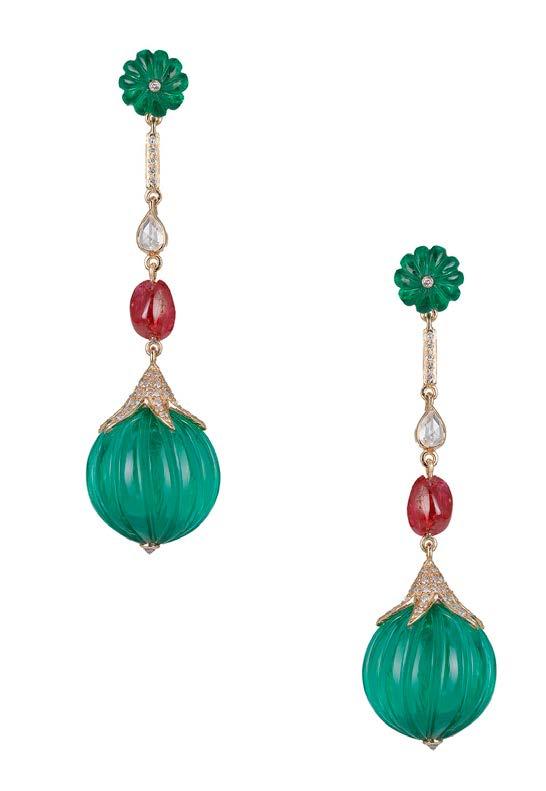
In India, Hanut retails out of his home in Delhi. Chennai, Mumbai, and Bangalore are the other cities where he conducts his trunk shows. Atul and Tina Malhotra’s Evoluzione in Chennai and Maithili Ahluwalia’s Bungalow Eight Mumbai are the regular venues for his trunk shows. The Haute homemaker in Bangalore, Vinita Chaitanya hosts Hanut Singh show over weekends.
Hanut embodies the characteristics of a luxury brand… artistic, selective, and yet global in spirit. The adage less is more best describes his retail strategy.
Understanding gaps and cultural references is a fantastic tool for innovation











